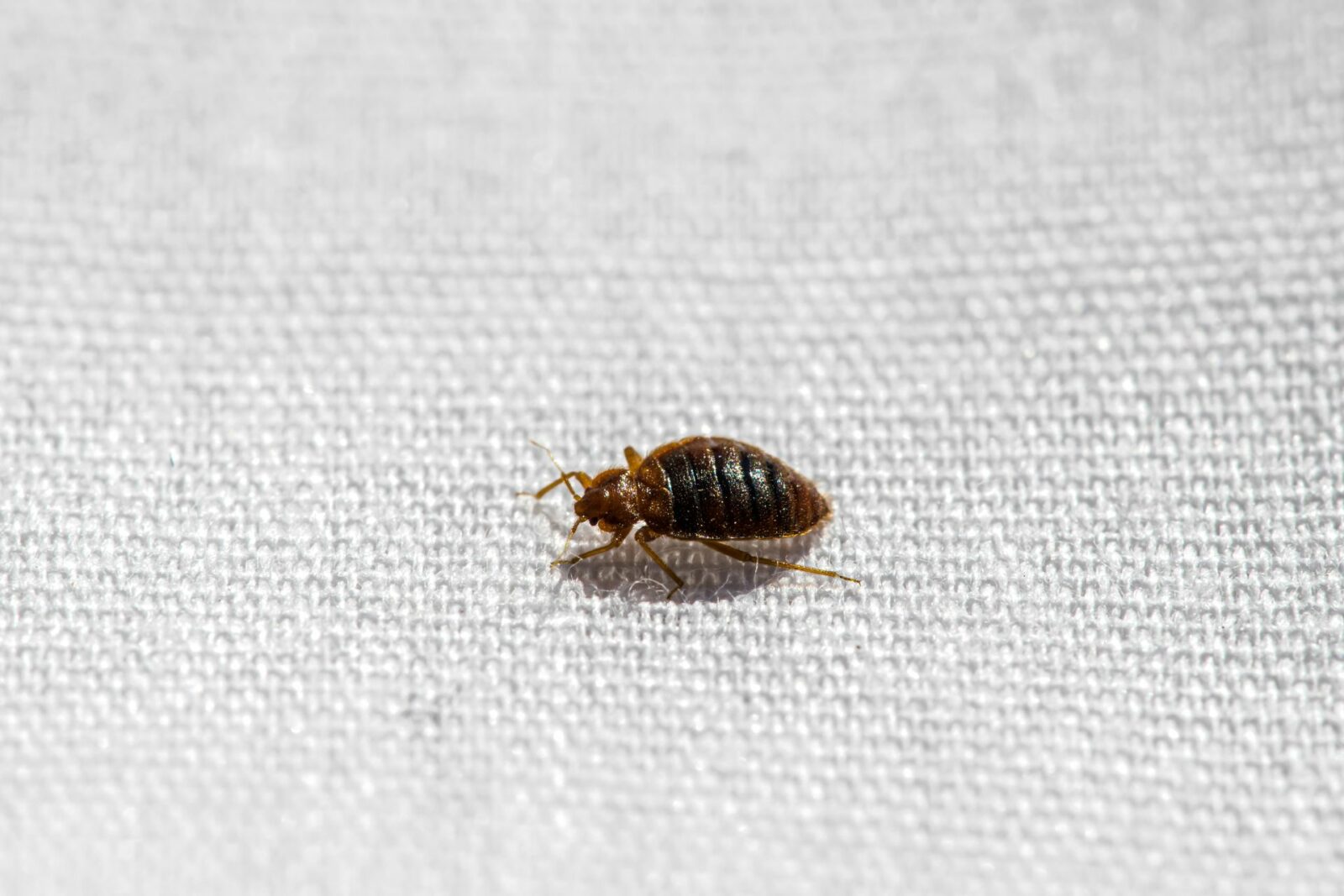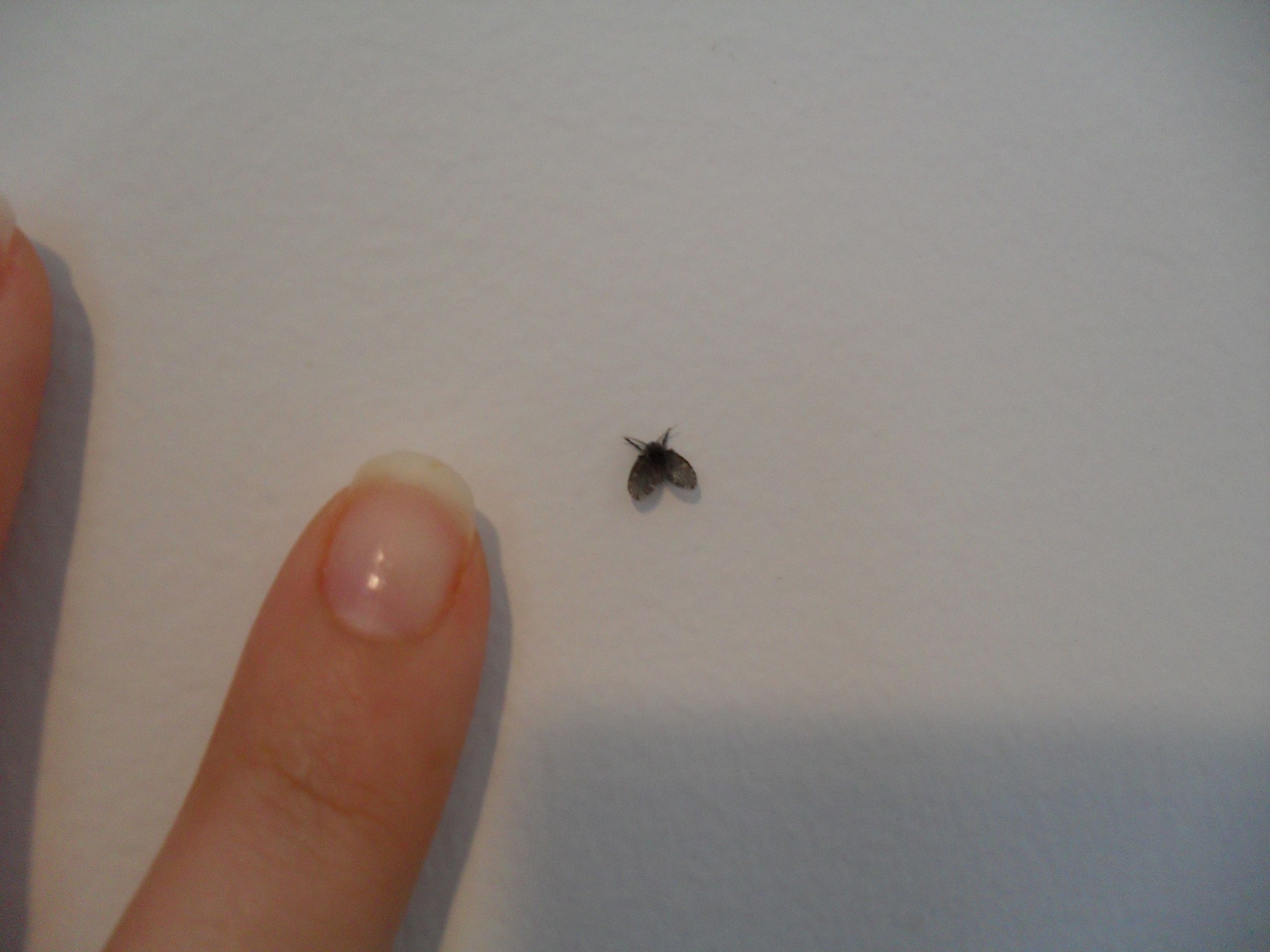Common Bathroom Flying Insects

Tiny winged creatures buzzing around your bathroom can be a source of annoyance and concern. While most are harmless, identifying them is essential for effective pest control. Here’s a closer look at some of the most common bathroom flying insects:
Fruit Flies
Fruit flies, scientifically known as *Drosophila melanogaster*, are a common nuisance in bathrooms, particularly during warmer months. These tiny flies, typically around 1/8 inch long, are easily recognizable by their reddish-brown eyes and yellowish-brown bodies. They are attracted to decaying organic matter, making bathrooms with damp conditions and leftover food scraps ideal breeding grounds.
Fruit flies have a short lifespan of about 30 days, and females can lay up to 500 eggs at a time. They are quick breeders, making it crucial to address the source of their attraction to prevent an infestation.
Drain Flies
Drain flies, also known as moth flies or sewer flies, are small, dark, and fuzzy insects often found near drains and wet areas. They are about 1/8 to 1/4 inch long with long, slender legs and wings. Their larvae thrive in moist, organic matter, making drains, sinks, and shower areas ideal breeding grounds.
Drain flies are not known to bite or spread diseases, but their presence can be a sign of a clogged or poorly maintained drainage system.
Fungus Gnats, Small flying insects in bathroom ceiling
Fungus gnats, scientifically known as *Sciaridae*, are small, slender flies with long legs and antennae. They are typically 1/8 to 1/4 inch long and have dark, gray bodies with dark wings. These insects are attracted to moist, decaying organic matter, such as soil in houseplants or damp areas in bathrooms.
Fungus gnats are not known to bite or spread diseases, but their presence can be an indication of excessive moisture in the bathroom or nearby areas.
Mosquitoes
Mosquitoes, scientifically known as *Culicidae*, are known for their annoying bites and potential to spread diseases. They are typically 1/4 to 1/2 inch long, with long legs and slender bodies. They are attracted to stagnant water and can easily enter bathrooms through open windows or doors.
While mosquitoes are primarily outdoor pests, they can find their way indoors, especially during warmer months.
Prevention and Control Strategies: Small Flying Insects In Bathroom Ceiling

Preventing small flying insects from invading your bathroom is essential for maintaining a clean and hygienic environment. These insects are often attracted to moisture, food sources, and cracks in your bathroom, making it crucial to address these factors to effectively control their presence. This section will provide practical steps and strategies for preventing these insects from entering and breeding in your bathroom, ensuring a pest-free and comfortable space.
Sealing Cracks and Crevices
Sealing cracks and crevices is a crucial step in preventing small flying insects from entering your bathroom. These insects can easily squeeze through tiny openings, making it important to thoroughly inspect your bathroom for potential entry points.
- Inspect the Bathroom Thoroughly: Begin by carefully inspecting your bathroom for any cracks or gaps in the walls, floor, or ceiling. Pay attention to areas around pipes, windows, doors, and ventilation systems.
- Seal Cracks with Caulk or Silicone Sealant: Use a high-quality caulk or silicone sealant to fill in any cracks or gaps you find. Ensure the sealant is specifically designed for bathroom use, as it will need to be moisture-resistant.
- Repair Damaged Screens and Weather Stripping: Check the condition of your bathroom window and door screens, ensuring they are intact and free of holes or tears. Replace any damaged screens and ensure that weather stripping around doors and windows is in good condition.
- Install Door Sweeps: Consider installing door sweeps on the bottom of your bathroom doors to create a barrier against insects trying to enter from the outside.
Eliminating Moisture Sources
Moisture is a significant attractant for small flying insects, making it essential to address any moisture sources in your bathroom.
- Fix Leaky Pipes and Faucets: Promptly repair any leaky pipes or faucets in your bathroom. These leaks can create dampness that attracts insects.
- Ensure Proper Ventilation: Ensure your bathroom has adequate ventilation. A well-ventilated bathroom will help to reduce humidity levels, making it less attractive to insects.
- Dry Wet Surfaces Promptly: After showering or bathing, dry any wet surfaces, such as floors, walls, and shower curtains, to prevent moisture buildup.
- Use Dehumidifier: In humid environments, consider using a dehumidifier to reduce moisture levels in your bathroom.
Removing Potential Food Sources
Small flying insects are attracted to food sources, making it important to eliminate any potential food sources in your bathroom.
- Clean Up Spills Immediately: Immediately clean up any spills or food crumbs in your bathroom. This will prevent insects from being attracted to these food sources.
- Store Food Properly: Do not leave food items, such as soap, shampoo, or toothpaste, uncovered in your bathroom. Store them in airtight containers.
- Clean Trash Regularly: Empty your bathroom trash can regularly to prevent the accumulation of food scraps that might attract insects.
- Keep Surfaces Clean: Regularly clean your bathroom surfaces, including countertops, sinks, and floors, to remove any food particles or residue that might attract insects.
Pest Control Methods
There are various pest control methods available to eliminate small flying insects from your bathroom.
- Natural Remedies:
- Essential Oils: Some essential oils, such as peppermint, lavender, and tea tree oil, are known to repel insects. You can create a natural insect repellent by adding a few drops of essential oil to a spray bottle filled with water and spraying it around your bathroom.
- Diatomaceous Earth: Diatomaceous earth is a natural insecticide that works by dehydrating insects. You can sprinkle diatomaceous earth around the perimeter of your bathroom to create a barrier against insects.
- Vinegar: Vinegar can be used to clean surfaces and remove insect eggs. You can create a vinegar solution by mixing equal parts water and vinegar and spraying it around your bathroom.
- Professional Treatments: If natural remedies are not effective, you may need to consider professional pest control treatments. Professional pest control technicians can identify the specific type of insect infesting your bathroom and apply appropriate treatments to eliminate them.
- Insecticides: Professional pest control technicians can use insecticides to kill insects and prevent future infestations.
- Fumigation: In severe cases, fumigation may be necessary to eliminate insects from your bathroom. Fumigation involves releasing a gas that kills insects.
Comparison of Pest Control Methods
| Method | Advantages | Disadvantages |
|---|---|---|
| Natural Remedies | Environmentally friendly, safe for children and pets | May not be as effective as professional treatments, may require frequent application |
| Professional Treatments | Highly effective in eliminating infestations, can provide long-term protection | Can be expensive, may use chemicals that are harmful to children and pets |
